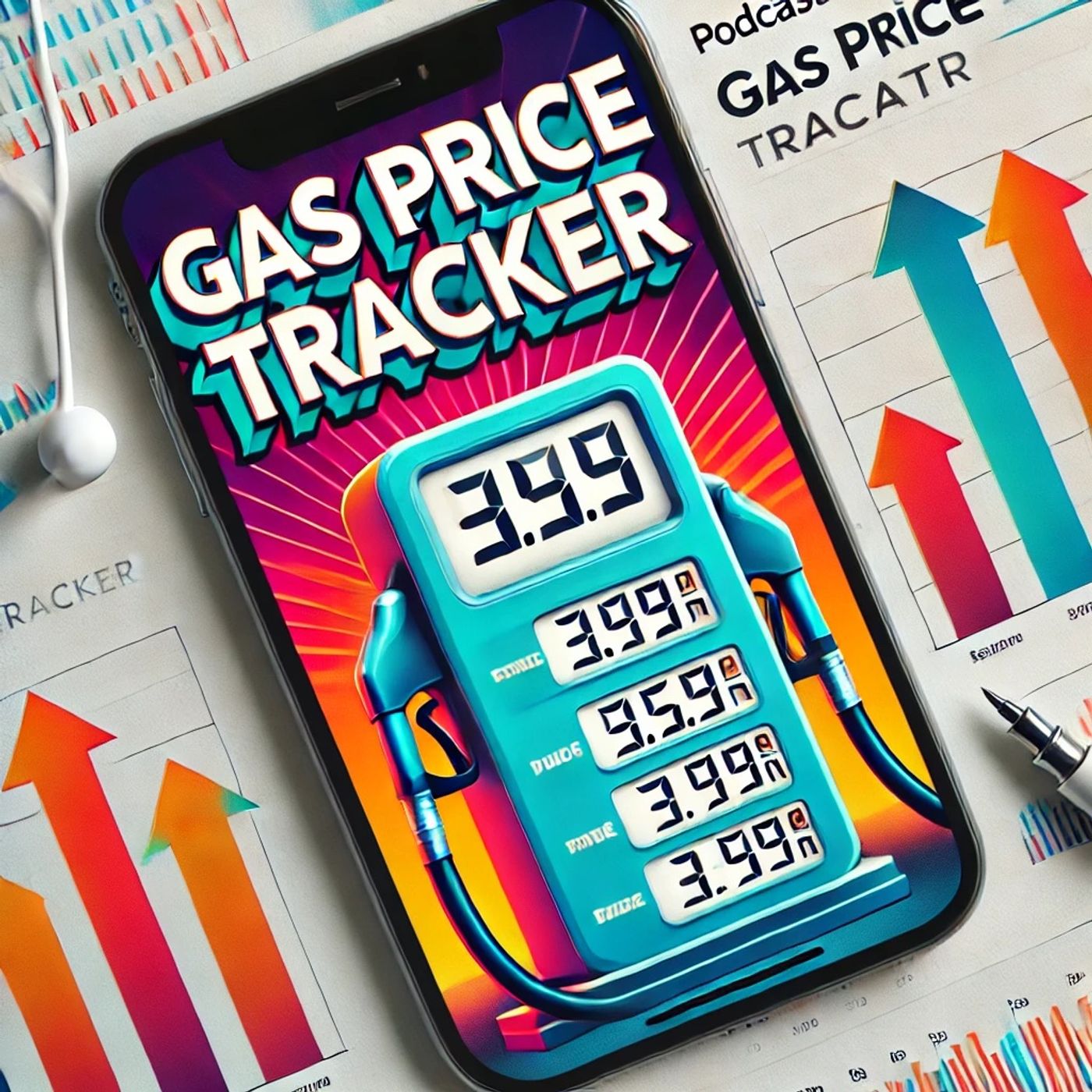How Regional Refinery Issues and Geopolitical Tensions Impact US Gas Prices in Fall 2022
Description
As of September 30, 2024, at 10:18 AM, gas prices in the United States exhibit notable variation influenced by a range of factors including crude oil prices, seasonal demand fluctuations, geopolitical tensions, and regional refinery capabilities. Today, the national average price for a gallon of regular unleaded gasoline stands at approximately $3.90. However, this figure masks considerable regional differences.
In states like California and Hawaii, where there are higher taxes and stricter environmental regulations, gas prices are significantly above the national average. In California, the average price per gallon is around $5.10, while in Hawaii it is hovering near $4.90. Conversely, states with lower taxes and closer proximity to oil production facilities, such as Texas and Louisiana, enjoy much lower prices. In Texas, the current average price is about $3.40, and in Louisiana, it is approximately $3.35 per gallon.
Several external factors are currently impacting gas prices. Globally, crude oil prices have experienced an uptick due to recent geopolitical instability in the Middle East and production cuts by major oil-producing nations like Saudi Arabia and Russia. The price of Brent crude oil, a global benchmark, has recently risen to around $95 per barrel, compared to $85 per barrel just a few months ago. This near-term squeeze on supply has, predictably, been reflected in higher gas prices at the pump.
Additionally, the shift from summer to fall tends to influence prices. During the summer, gasoline formulations are altered to reduce smog, and this can be more costly to produce. As we transition to cheaper winter blends, some marginal price relief would be expected under typical conditions, but this year’s geopolitical developments have tempered such expectations.
Regional refinery issues have also played a role. For instance, maintenance and pipeline disruptions in the Gulf Coast – a major refining hub – have limited supply, subsequently elevating prices on the East Coast and Midwest due to the interconnected nature of fuel distribution networks.
Consumer behavior has been a contributing factor. With heightened economic activity and travel during the summer months, demand remained elevated, keeping prices on the higher end despite completed summer driving season. Moreover, inflationary pressures in the broader economy have influenced operational costs for refineries and transportation, nudging prices upward.
Energy policy changes, both imminent and speculative, have an impact as well. Anticipated regulatory adjustments, particularly concerning environmental standards and renewable energy incentives, foster market uncertainties among fuel producers, often leading to price hedging behaviors that trickle down to consumers.
Listeners should also be aware of market speculation, where futures trading and investment strategies predicated on crude oil prices can result in additional volatility in the short term. This financial layer adds another dimension to the complexity of gasoline pricing.
The situation is fluid, and while these prices reflect today’s snapshot, continuous monitoring of global and domestic developments is critical for anticipating future trends.ats developments is critical for anticipating future trends.
More Episodes
As of November 24, 2024, gas prices in the United States continue to be influenced by a combination of global, national, and local factors. At this moment, the average price for a gallon of regular unleaded gasoline stands at approximately $3.50. This figure can vary significantly depending on...
Published 11/24/24
Published 11/24/24
US Gas Prices Hover Between 3.50 and 4.00 Dollars Amid Global Economic and Geopolitical Fluctuations
As of today, November 22, 2024, gas prices in the United States are experiencing fluctuations influenced by various economic and geopolitical factors. The average price for a gallon of regular unleaded gasoline is currently hovering between $3.50 and $4.00 across the nation, depending...
Published 11/22/24


